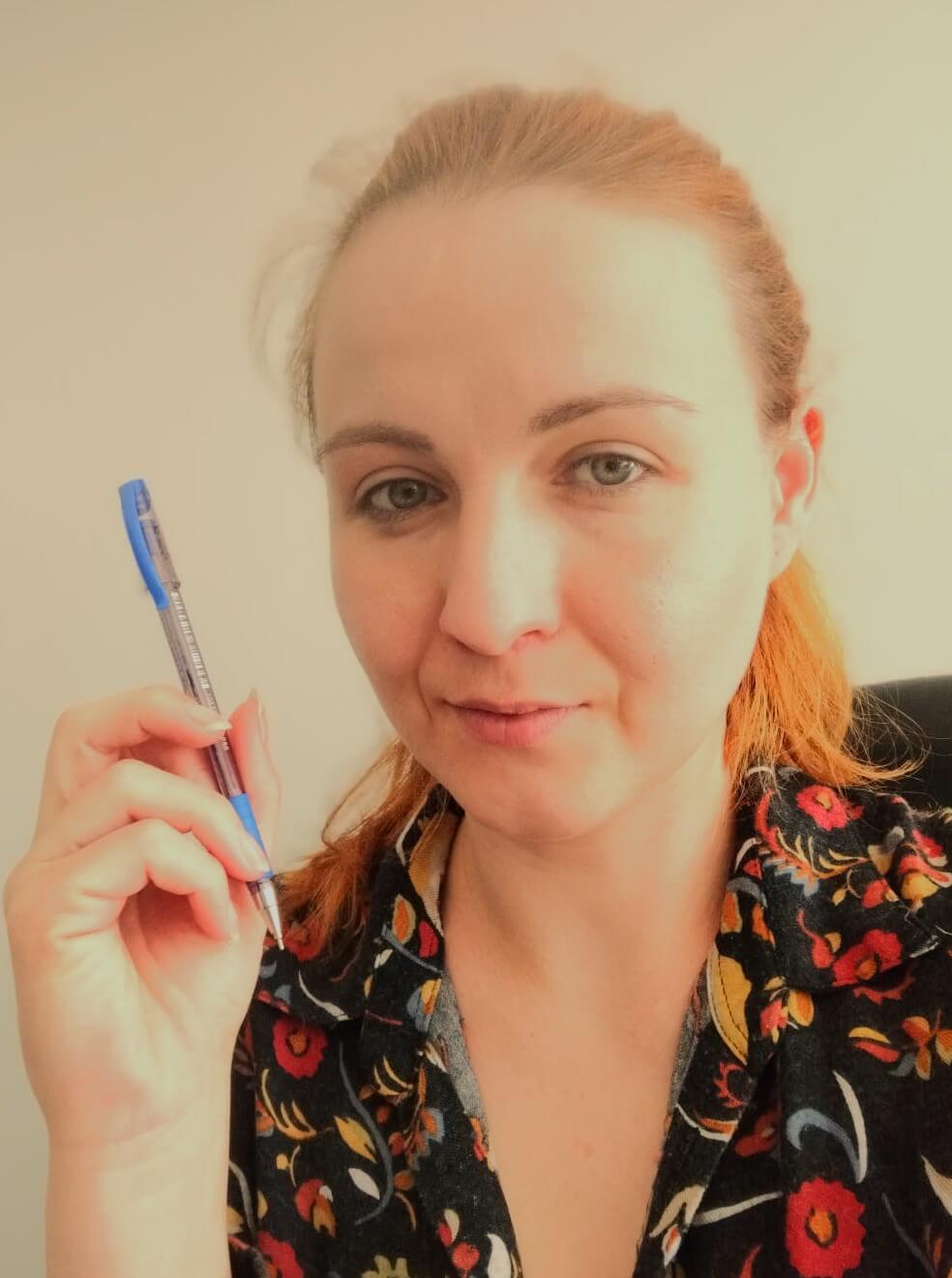Mastering Work-Life Balance: Practical Strategies for a Fulfilling Life
In today’s world, maintaining a balance between professional responsibilities and personal life can feel overwhelming. Many people struggle with packed schedules, digital distractions, and the pressure to be constantly available. When work dominates life, stress increases, productivity suffers, and personal relationships weaken. Studies suggest that individuals who create clear boundaries between work and personal time enjoy improved mental well-being and higher job satisfaction (Harvard Business Review).
Achieving balance doesn’t mean cutting back on work—it means managing time and energy more effectively. By setting firm boundaries, focusing on priorities, and prioritizing well-being, you can regain control of your life. But how can you start?

Redefining Balance Based on Your Needs
Work-life balance isn’t a universal concept. Research from the American Psychological Association (APA) emphasizes that balance is highly personal and should align with individual values and preferences (source).
Some people thrive on flexibility, while others prefer structured separation between professional and personal activities. Consider the following questions to define what balance looks like for you:
- What schedule allows me to be both productive and relaxed?
- Which activities help me recharge mentally and physically?
- What specific boundaries will help me maintain my well-being?
For a long time, I felt compelled to extend my work hours, believing it made me more efficient. However, once I established a firm rule to stop working by 7 PM, I realized my productivity improved, and I had more energy for personal pursuits.
Setting Boundaries to Maintain Separation Between Work and Life
Without clear boundaries, work can easily take over personal time, leading to burnout. Research indicates that establishing structured work limits helps improve focus and reduces stress. Here are some ways to reinforce boundaries:
- Designate a separate work area – Keeping work and relaxation spaces distinct helps create a mental division.
- Set fixed working hours – Studies from Harvard Medical School suggest that consistent schedules enhance productivity and overall well-being (source).
- Communicate availability expectations – Informing colleagues and clients about your availability prevents work from spilling into personal time.
I used to check emails late into the night, thinking I was staying ahead. Instead, it drained my energy. Once I committed to disconnecting after hours, my evenings became more restful, and my focus at work improved.
Prioritizing Tasks Effectively
Not all tasks require immediate attention. The Eisenhower Matrix is a helpful tool for classifying tasks:
- Urgent & Important: Address these right away.
- Important but Not Urgent: Schedule these strategically.
- Urgent but Not Important: Delegate these when possible.
- Neither Urgent nor Important: Minimize or eliminate them.
A Journal of Business and Psychology study found that those who prioritize tasks effectively experience reduced stress and improved efficiency (source).
For years, I struggled with saying “yes” to everything, leaving myself overwhelmed. Once I started prioritizing critical tasks and delegating others, I felt more in control of my workload.
The Art of Saying No
Overcommitting is a direct path to exhaustion. Research from Stanford University confirms that learning to say no reduces stress and enhances productivity (source). Here’s how to decline requests without guilt:
- “I appreciate the offer, but I need to focus on my current priorities.”
- “I’d love to help, but I don’t have the capacity to take this on right now.”
Initially, I found it difficult to turn down extra tasks, worrying about disappointing others. However, after practicing polite but firm refusals, I found my time was respected, and my workload felt more manageable.
Structuring Your Day for Maximum Productivity
An unstructured day leads to inefficiency and frustration. To maintain focus and control:
- Identify three main priorities for each day.
- Use time-blocking techniques to schedule focused work periods.
- Leverage digital tools like Trello, Notion, or Google Calendar to organize tasks.
Research from MIT Sloan Management Review shows that structured time management reduces decision fatigue and boosts productivity (source).
I started time-blocking my work sessions after realizing that constant interruptions hindered my progress. Organizing my tasks allowed me to work more efficiently and reduced stress.
The Power of Taking Breaks
Long work hours don’t always lead to better outcomes. Research suggests that structured breaks enhance concentration and prevent burnout. The Pomodoro Technique is a proven method:
- Work for 25–45 minutes.
- Take a brief 5-minute break.
- After four cycles, take a longer break.
A University of Illinois study found that people who take regular breaks maintain better focus and motivation throughout the day (source).
I used to power through tasks without breaks, assuming I was maximizing productivity. However, after integrating short pauses, I noticed a significant improvement in my concentration and overall efficiency.
Engaging in Meaningful Activities Outside of Work
Achieving balance involves making time for activities beyond work. Research shows that engaging in personal interests contributes to overall happiness. Beneficial activities include:
- Exploring creative outlets like art, music, or writing.
- Staying active with fitness routines.
- Strengthening relationships through social interactions.
The Harvard Study of Adult Development found that people who nurture hobbies and strong personal connections experience greater long-term fulfillment (source).
I rekindled my passion for photography by dedicating weekend hours to creative projects. It became a refreshing escape from work stress and significantly boosted my sense of fulfillment.
Prioritizing Health and Well-Being
Work-life balance is incomplete without self-care. Research highlights that small lifestyle changes have a profound impact on mental clarity and energy levels:
- Exercise regularly – Improves focus and relieves stress.
- Maintain a nutritious diet – Fuels sustained energy levels.
- Prioritize sleep – Studies from Johns Hopkins Medicine indicate that proper rest enhances decision-making and overall performance (source).
I used to neglect exercise due to my workload, which left me feeling drained. After incorporating morning workouts, my focus improved, and I felt more energized throughout the day.
Managing Technology to Reduce Stress
Technology can either be a tool for efficiency or a source of distraction. Setting mindful digital habits can enhance focus:
- Turn off non-essential notifications.
- Use apps like Freedom or Focus@Will to minimize distractions.
- Establish device-free hours to unwind and recharge.
A Pew Research Center study found that excessive screen time increases stress and disrupts sleep patterns (source).
I used to check my phone first thing in the morning, which instantly triggered stress. Switching to a morning routine without screens helped me start my day with clarity and focus.
Conclusion: Small Changes, Significant Results
Work-life balance is an ongoing process, not a fixed destination. By setting boundaries, prioritizing effectively, and making self-care a priority, you can create a lifestyle that fosters both professional success and personal fulfillment.
For additional insights, explore Harvard Business Review’s expert recommendations on work-life balance (source).
Start Your Day Productively: The Power of Morning Rituals

I’m Victoria, the creator behind Eva My Balance. Passionate about beauty, wellness, sustainable living, and mindful self-care. My mission is to inspire you to live consciously and beautifully—inside and out.


